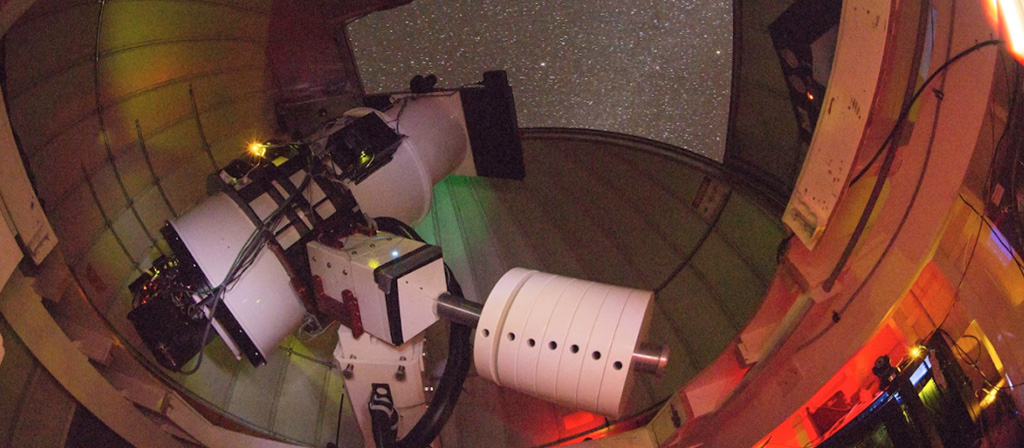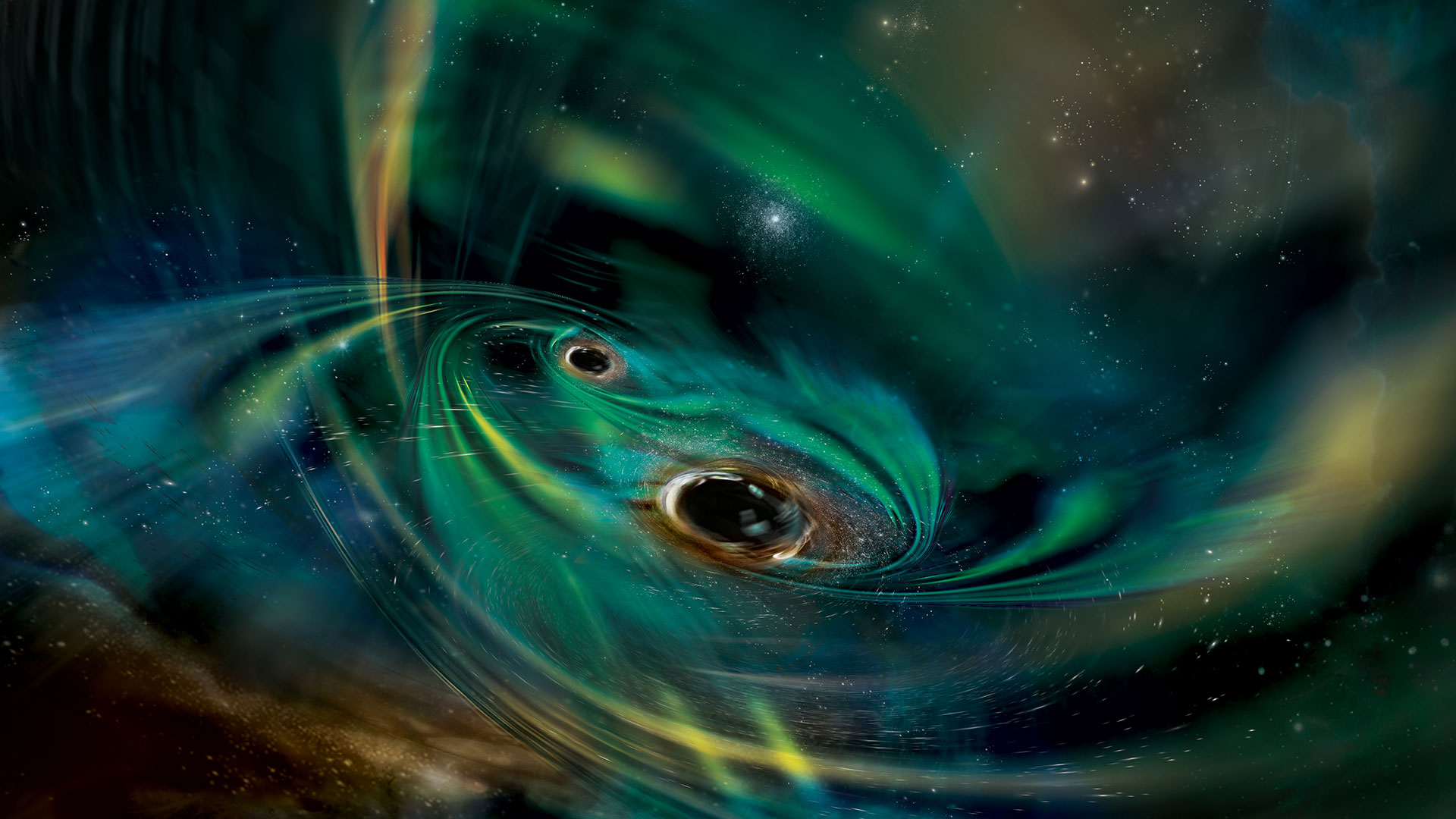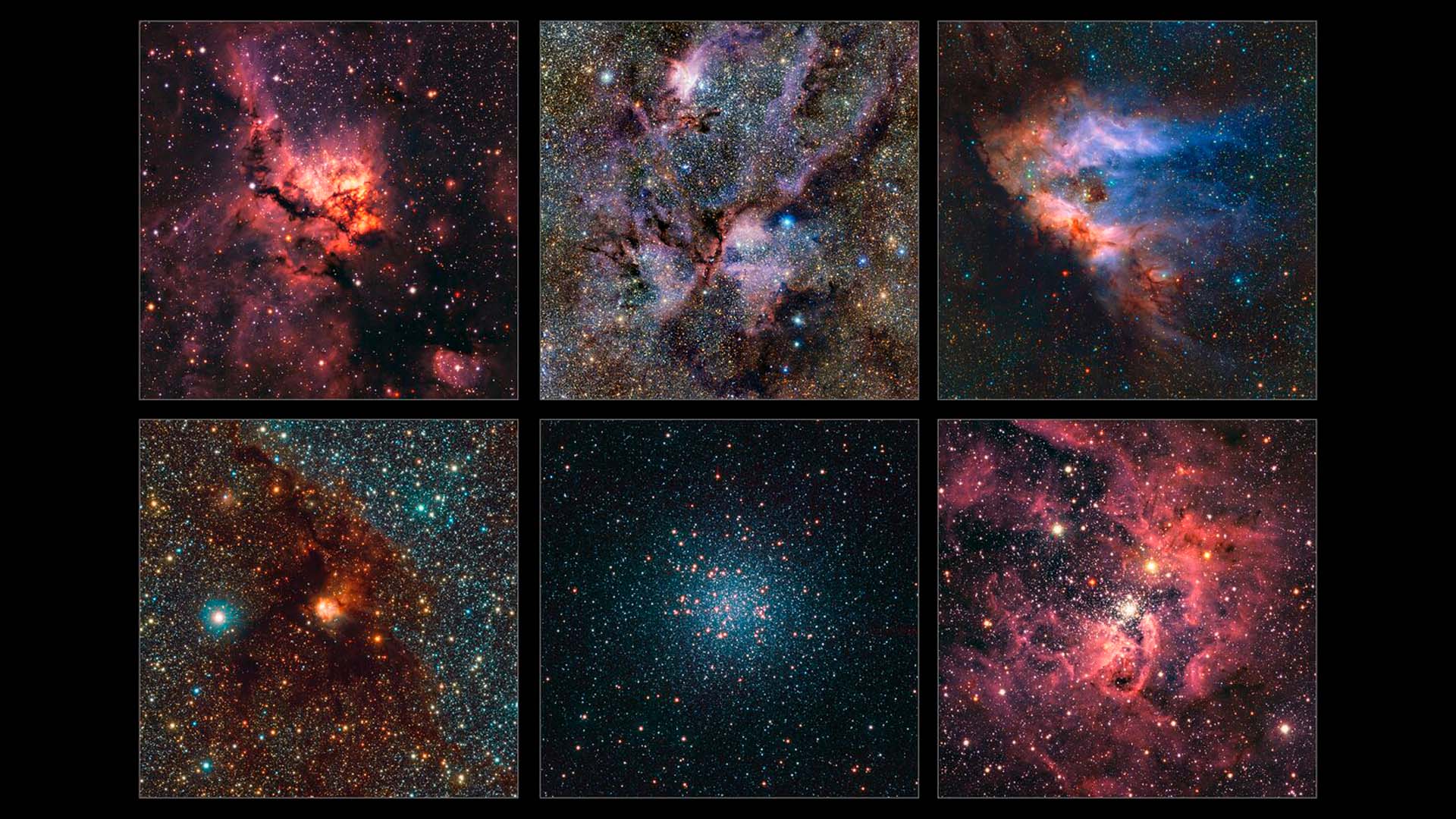
Thanks to collaborative work with the SYSTEM Sound project work team, national scientists used their computational simulations from the protoplanetary disks of HD 163296 star to give them sound that creates a beautiful melody and brings the understanding of this object closer to people.
Astronomers consider protoplanetary disks as real labs to study the history of planets and their systems. These objects, gas and dust disks surrounding a young star, are a place where the main properties of the new worlds will take place; however, despite being studied decades ago, it is still hard to find them directly.
Experts have created ways to understand their features, mainly by studying the gas and dust of these objects. “We do not need to see the planet disks to know they are there. It’s like seeing the wake of a plane that is far away. We can’t see the plane, but due to its wake, we know its existence and also its motion direction,” explains Cristóbal Petrovich, a young researcher of the Millennium Institute of Astrophysics MAS and professor of the Institute of Astrophysics at UC (IA UC).“These planetary wakes are in different shapes, including rings and grooves that planets form, like semicircle-shaped vortexes and spirals. We can imply the presence of planets, measure their masses and the size of their orbits through the appropriate interpretation with computational simulations.”
That is the job that the Msc student from Universidad Católica, Juan Garrido-Deutelmoserhas carried out alongside Petrovich and other global collaborators focused on the protoplanetary disk around star HD 163296. According to the MAS researcher, experts have concluded that many existing planets living there are similar to an infant Jupiter due to its large density.
Study and Sonification
With data that Garrido-Deutelmoser obtained from ALMA Observatory and computational simulations, researchers created a new model for HD 163296. The work will be published in The Astrophysical Journal Letters. This model describes the presence of four planets. The relation between their orbital periods would explain the distribution of gas and dust, especially the semicircle or “smile” shape, as shown in the observations.
“In previous work, we showed how a couple of planets can form gas and dust structures within the gaps the planets themselves open. Our current model of multiple planets managed to replicate the dust structure observed and also replicate the amount of gas extinguished around it in a better way,” Garrido-Deutelmoser explains. They could explain the reason behind the half-moon shape, “was impossible to explain in previous studies,”Petrovich adds. Petrovich also says these four planets are in a resonance chain, which means, its orbital periods form simple proportions, something is not random “but it clearly shows that planets are in their migration process towards its star. This joint movement perfectly syncs their orbits.”
With this work and the aim of making results more accessible, researchers collaborated alongside musician Andrew Santaguida and astrophysicist Matt Russo from the SYSTEM Sounds, to create an animation and sonification to the simulations.
According to the researchers, to create this melody, a sound is assigned to every moment that dusts particles or planets pass in front of the jets of gas the star emits, just like a needle in a record player. “The volume is proportionally adjusted to the amount of dust, and the frequency of sound or pitch, fit to those within the human frequency range. Thus, the nearest dust to the star, the higher the pitch, and the furthest the deepest. Then, planets are represented by piano keys using the same principle,” Petrovich explains.
This way, a beautiful melody was born with a repetitive and rhythmical pattern since the four candidates to planets in this disk form a resonance chain with orbital periods in simple 3:4 proportions (planets 1 and 2), 1:2 (planets 2 and 3), and 1:2 (planet 3 and 4.) Likewise, the “smile” or half-moon also participates in the resonant harmony of the planets since it is in the same orbit as planet 2.
According to Juan Garrido-Deutelmoser, who also is part of the Millennium Nucleus of Planet Formation, the motivation to make sonification is to bring these discoveries closer to the community, making understanding these results easier. “Sonification adapts naturally to planetary systems due to the orbital It’s amazing to replay and listen to how a large-scale system relating to our daily life, with planets separated by billion miles away, can create a harmony and synchronization that we can understand through this sonification.”
Also, both researchers say it is easier for people with visual impairment to reach science.
Listen to the result of this work on the Millennium Institute of Astrophysics Youtube Channel @astrofisicamas or the IAUC channel.
Picture: Visible: VLT/MUSE (ESO); Radio: ALMA (ESO/NAOJ/NRAO)












